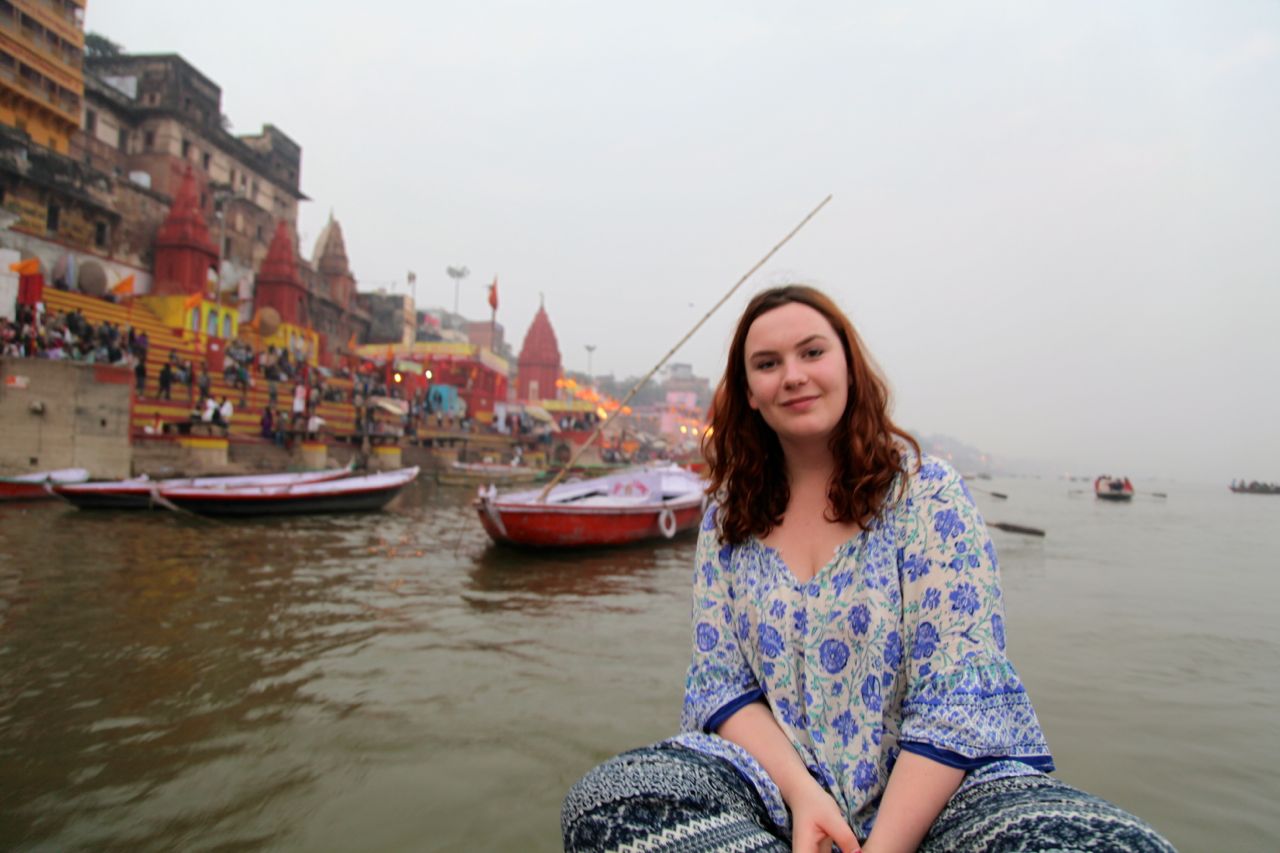This is abit silly and I might ramble a bit, but I’m interested in how documentary makers manipulate the truth, and more importantly, why?
I took this from Megan Cunningham’s documentary, The Art of Documentary, the conversation with Haskell Wexler.
He states that he manipulates the truth in every element of film making, and that once something is filmed it is o longer reality, it is the “filmmaker’s reality.”
I wonder how one could film true reality, and all I could think of was undetectable cameras placed in random locations shooting constantly with no editing. But who would want to watch that? So what is the point in documenting reality? We manipulate it to make it more interesting, or to create context. Documentaries generally focus on something, so the documentary for example might focus on reality in the context of survivors of WWI, or would it focus on survivors of WWI in the context of reality? Super confusing. But my point is that documentaries don’t necessarily portray reality as it is. Reality is boring and we get enough of it. If I were to make a documentary on supermarkets, why watch a film of people in a supermarket when you can go there and experience the real thing? If I were going to make a documentary about supermarkets I would talk to people and find interesting elements and focus on those to create some kind of story worth experiencing. This would document real things that happen, but selectively, only showing some parts and not showing others.
I think the shots that get tossed is the more realistic footage, as it would be the boring stuff that we already know, that we don’t need to see again, that’s reality. And I’d be interested in seeing that, but then I wouldn’t because it wouldn’t be interesting. I think this would really just show us that in reality, when we’re not doing interesting things (and we can’t be all the time) all people are the same and therefore quite boring.
That’s kinda poetic though, something could probably be done with it. I’d love to one day collect off cuts from documentaries, see what got scrapped, and choose the most boring of all of it, and use that to make something.
